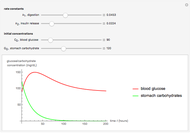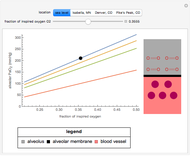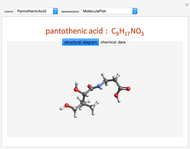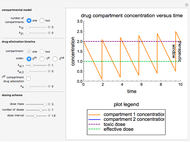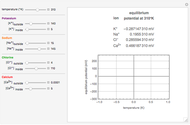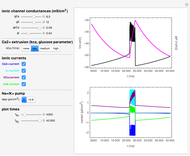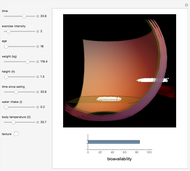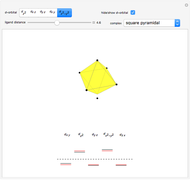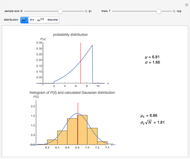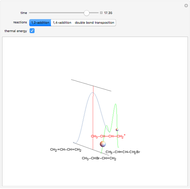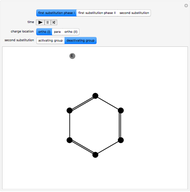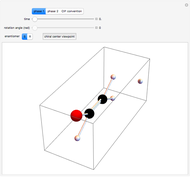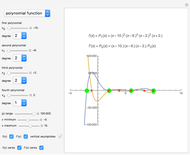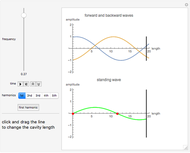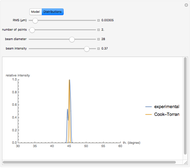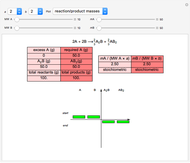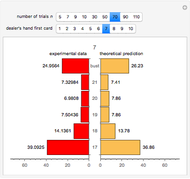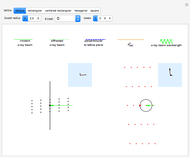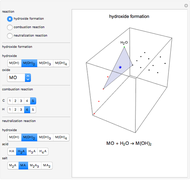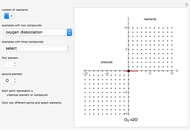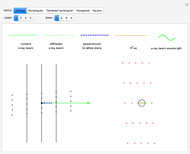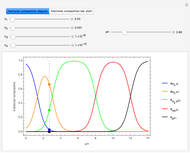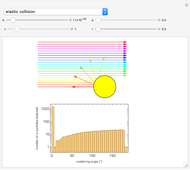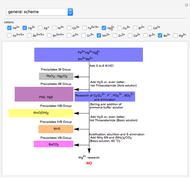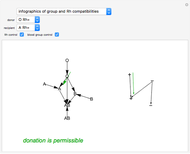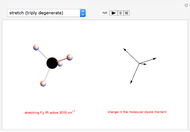Blood Donation Protocols

Requires a Wolfram Notebook System
Interact on desktop, mobile and cloud with the free Wolfram Player or other Wolfram Language products.
Using charts and infographics, this Demonstration shows the rules for matching blood types for donation.
[more]
Contributed by: D. Meliga and S. Z. Lavagnino (December 2016)
Additional contribution by: C. Boni and AVIS Villafranca D'Asti
Open content licensed under CC BY-NC-SA
Snapshots
Details
A blood donation is medically safe if both the groups and the Rh factors are compatible. Group compatibility is actually more restrictive than Rh factor compatibility. In fact, when the group rules are not followed, a hemolytic transfusion reaction (rupture of red blood cells) can take place, possibly resulting in a fatal response. When considering the Rh factor, the only restriction ( ) could be bypassed in an emergency situation, provided that the
) could be bypassed in an emergency situation, provided that the  recipient has not been exposed to the
recipient has not been exposed to the  antigen in a previous
antigen in a previous  transfusion or a previous pregnancy (in an
transfusion or a previous pregnancy (in an  woman with an
woman with an  child). Such previous exposure would produce, in the
child). Such previous exposure would produce, in the  recipient,
recipient,  antibodies, which would bind with the
antibodies, which would bind with the  blood, causing a hemolytic reaction and possible systemic damage.
blood, causing a hemolytic reaction and possible systemic damage.
Snapshot 1: donation is permissible for both the groups and the Rh factors
Snapshot 2: donation is forbidden because of incompatible groups
Snapshot 3: donation is forbidden because of incompatible Rh factors
Snapshot 4: the donation chart shows that the  group can be considered as the universal donor (first, fully green column on the left) and the
group can be considered as the universal donor (first, fully green column on the left) and the  group can be considered as the universal recipient (bottom, fully green row).
group can be considered as the universal recipient (bottom, fully green row).
Reference
[1] I. Asimov, The Bloodstream: River of Life, New York: Collier Books, 1961.
Permanent Citation






